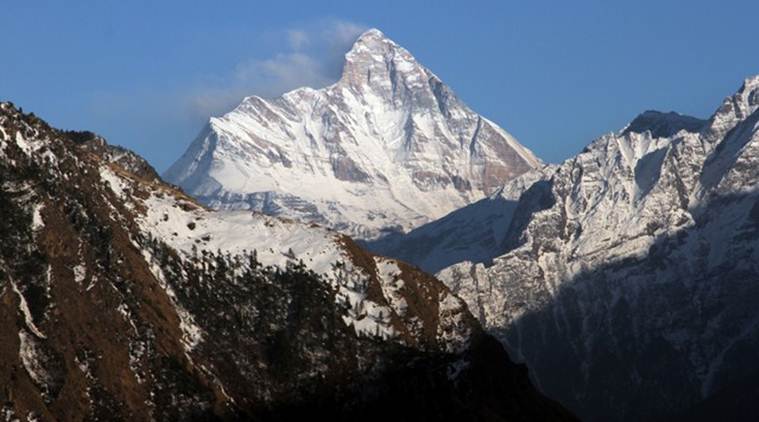KATHMANDU – Himalayan towns in the Hindu Kush Himalayan region are facing increasing water insecurity due to inadequate urban planning combined with a climate that is changing rapidly, reveals a new study.
The research report covering 13 towns across four countries – Pakistan, India, Nepal, and Pakistan shows that the interlinkages of water availability, water supply systems, rapid urbanization, and consequent increase in water demand (both daily and seasonal) are leading to increasing water insecurity in towns in the HKH region.
Published in the journal Water Policy, the study also shows that communities are engaged in short-term strategies such as groundwater extraction, which is unsustainable. “This water insecurity is attributed to poor water governance, lack of urban planning, poor tourism management during peak season, and climate-related risks and challenges,” said the study conducted by Kathmandu-based International Centre for Integrated Mountain Development, which focuses on the Hindu Kush Himalayan region.
Based on the findings of the HI-AWARE research project undertaken by International Centre for Integrated Mountain Development (ICIMOD) and partner organisations, the study suggests that urbanization has pulled people from rural areas in the HKH region into nearby urban centres. Although only 3% of the total HKH population lives in larger cities and 8% in smaller towns, projections show that more than 50% of the population will be living in cities by 2050. This will naturally place tremendous stress on water resources.
The study shows that the water demand-supply gap in eight of the surveyed towns is 20%–70%. There is a high dependence on springs (ranging between 50% and 100%) for water supply in three-fourths of the urban areas. Under current trends, the demand-supply gap may double by 2050. A holistic water management approach that includes spring shed management and planned adaptation is therefore paramount for securing safe water supply in the urban Himalaya. Along with spring shed management, other options could be explored in the wake of rising water demand and use.
The study points towards five important issues concerning water insecurity in urban Himalaya. First, water needs to be sustainably sourced to bridge the gap between supply and demand. Given that spring water is the only (and inadequate) source in many Himalayan towns, sustainable sourcing could be done by increasing budgetary allocations for reviving and protecting springs, increasing water harvesting, and diversifying water sources.
Second, water governance and management need to consider issues and services beyond water utilities. A polycentric governance system – which would involve multiple governing bodies and institutions interacting with one another to ensure access to water – could be a more suitable water governance model in Himalayan towns and cities.
Third, the equitable distribution of water needs more attention. The poor and marginalized are most affected when water supply dwindles. Many cities are faced with the challenge of providing access to safe water for the poor, especially during the dry season when supply dwindles.
Fourth, women’s multiple roles in water management need to be recognized, and their role in the planning and decision-making processes needs to be reviewed and strengthened.
Fifth, mountain cities need to be viewed in the broader context of mountain water, environment, and energy. Climate change impacts on these sectors are presenting new and growing challenges to Himalayan towns and cities that require innovative solutions.














